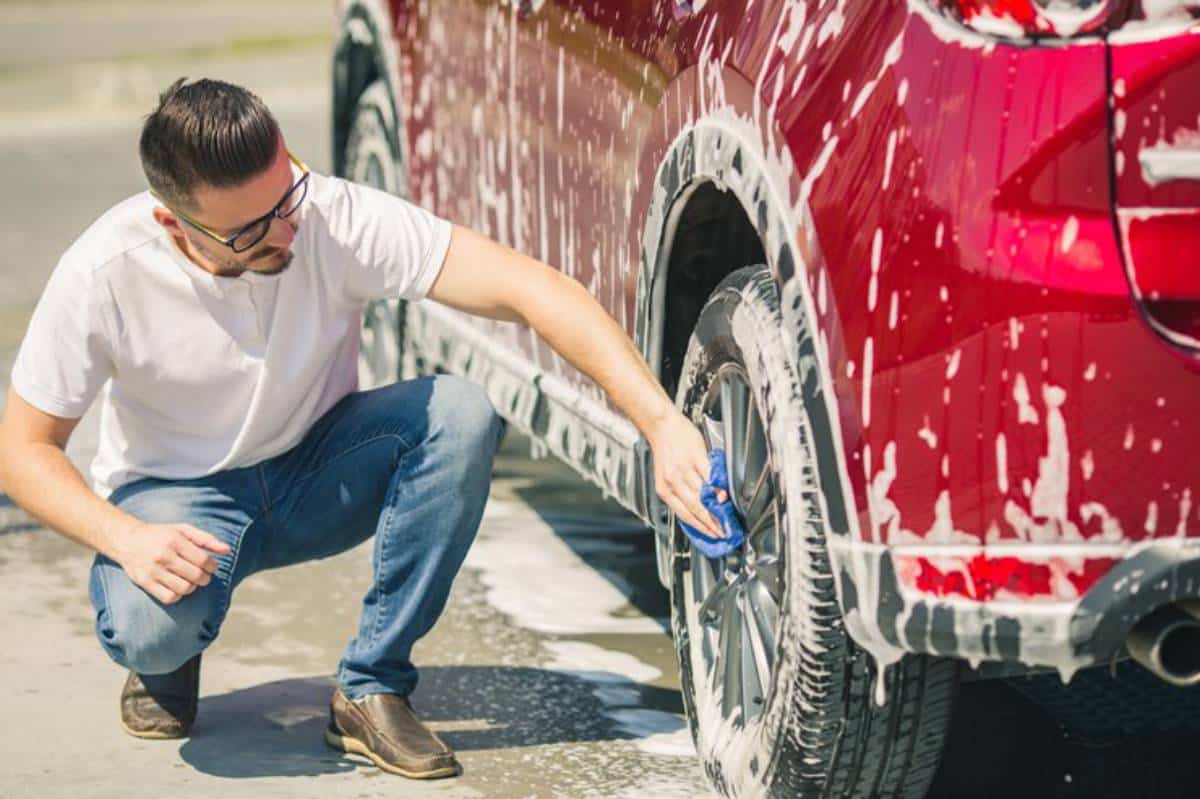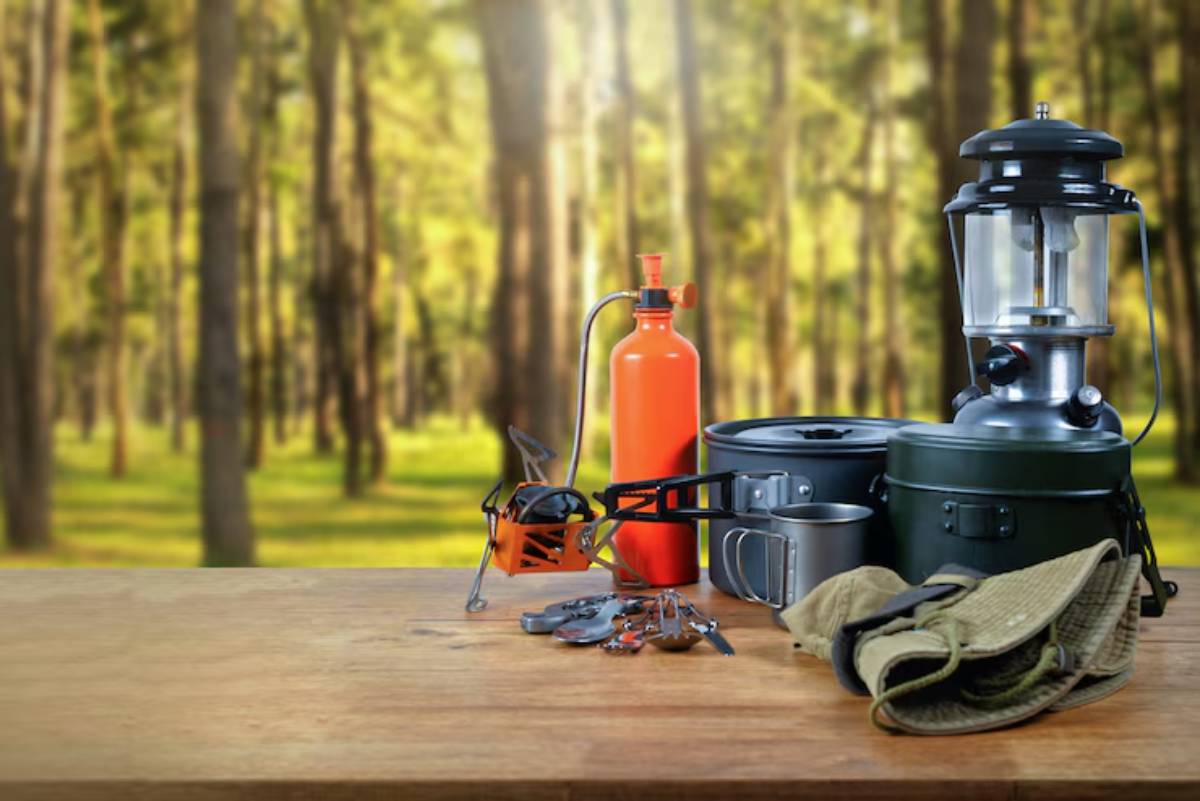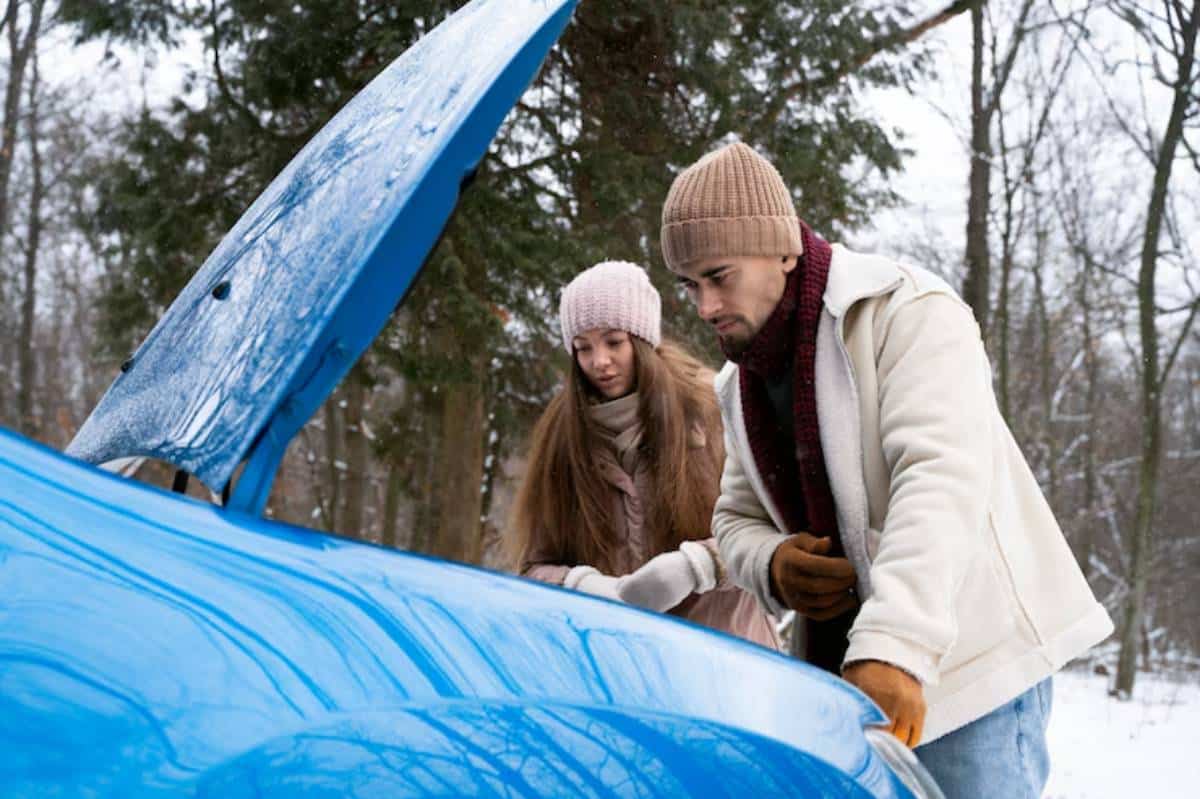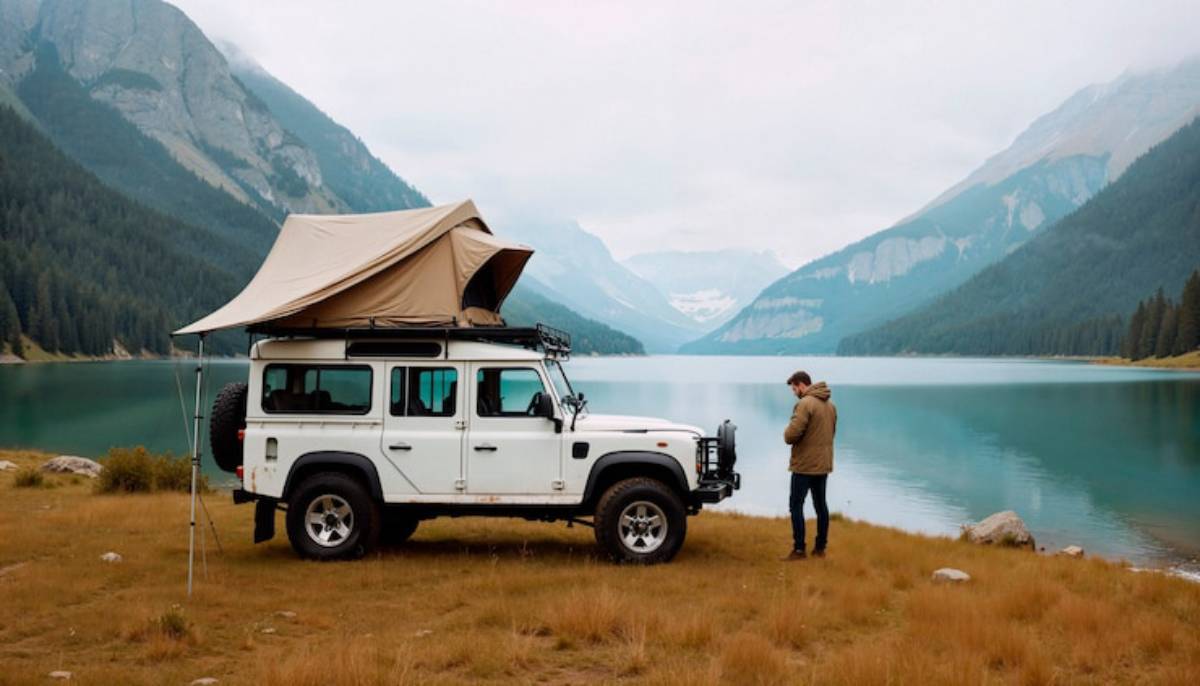
What Is Overlanding? A Beginner’s Gear Checklist
There’s a certain thrill that comes with taking the road less travelled—especially when that road is a dusty track winding through remote wilderness. That’s the essence of overlanding: self-reliant travel to remote destinations, where the journey is just as important as the destination. But if you’re a beginner, the idea of heading off-grid with nothing but your 4×4 and a tent can feel overwhelming.
Where do you even begin? What gear do you truly need, and what’s just hype?
In this guide, you’ll discover the core principles of overlanding, the essential gear to get started, and practical tips to help you build your perfect overland vehicle setup. Whether you’re dreaming of multi-day trails through the Scottish Highlands or planning a summer route across Europe’s backcountry, this guide offers everything you need to know to head out prepared and confident.
Understanding the Overlanding Mindset
Before diving into the kit list, it’s worth understanding what overlanding actually entails.
Unlike typical camping or off-roading, overlanding combines long-distance travel, off-road capability, and self-sufficiency. It’s about building a lifestyle around the journey itself, not just the weekend getaway.
Overlanders often stay off-grid for days or weeks, relying entirely on their gear, vehicle, and planning. This requires careful preparation, and it starts with your setup.
Building Your Overland Vehicle Setup
When planning your overland vehicle setup, you don’t need to rush out and buy everything at once. In fact, seasoned overlanders often advise starting small and adapting your gear as you go. Your vehicle is your basecamp, so the goal is to optimise space, ensure reliability, and meet your core needs: shelter, food, water, navigation, and recovery.
Let’s look at each component of your beginner overlanding setup.
1. Shelter: Where You’ll Sleep
A good night’s sleep can make or break your trip. Overlanders typically sleep.
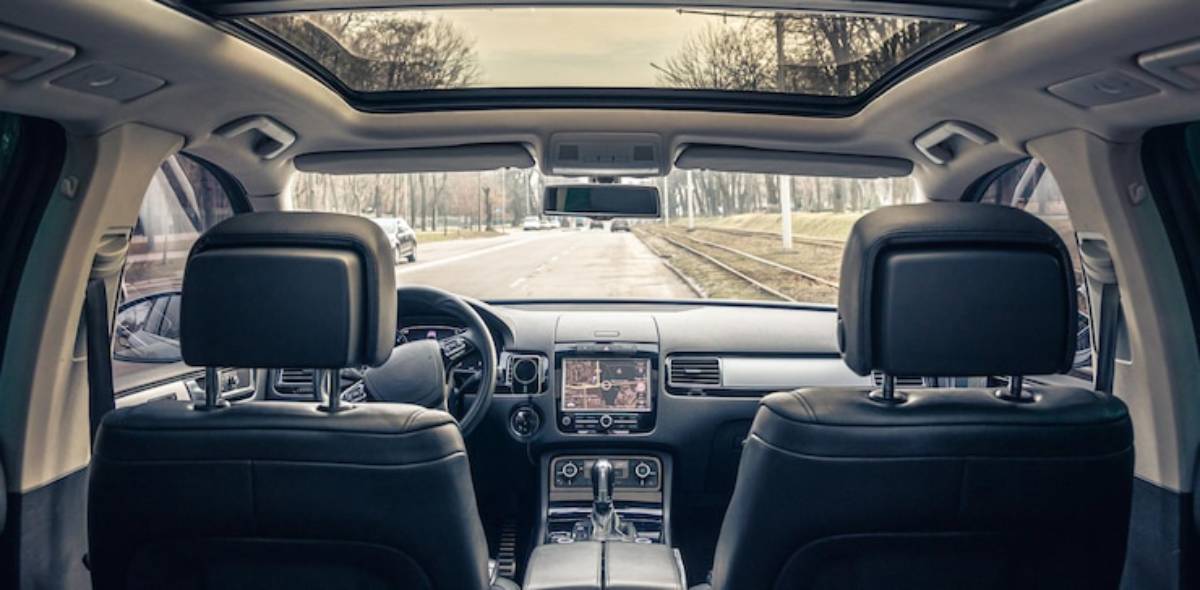
- Vehicle interiors – Sleeping inside a converted SUV, estate car, or van offers insulation and added security.
- Rooftop tents – Easy to deploy, off the ground, and ideal for fast setups.
- Ground tents – More affordable and versatile, but can be trickier in uneven or muddy terrain.
If you’re starting out, a reliable ground tent and quality sleeping pad will do just fine. Look for water-resistant fabrics, mesh ventilation, and fast setup times.
Don’t forget:
- Warm sleeping bag rated for local temps
- Insulated mat or cot
- Compact pillow or inflatable cushion
2. Cooking Gear: Overland Kitchen Essentials
There’s nothing quite like sipping hot tea under the stars after a long drive. Your overland kitchen setup should be compact, weatherproof, and efficient.
Basic beginner kit:
- Portable camp stove (gas canister or dual fuel)
- Lightweight cookware (pan, pot, kettle)
- Cutting board, knife, utensils
- Reusable plates and cups
- Collapsible sink or washing basin
- Rubbish bags for Leave No Trace ethics
Don’t overlook food storage: A 12V fridge is a great long-term investment, but a quality cooler works fine for short trips. Store dry goods in waterproof crates or pouches.
Want more ideas? Our post on must-have cooking gear for overland trips covers the best compact kitchen setups.
3. Water Storage and Filtration
Overlanding often takes you to places with no potable water supply. Staying hydrated and sanitary is non-negotiable.
Beginner water kit
- 20–40L jerry cans or water bladders
- Manual or gravity-fed water filter (e.g. Sawyer, LifeStraw)
- Collapsible wash basin or jug
- Biodegradable soap for dishwashing or hygiene
Calculate around 4–5 litres per person per day for drinking, cooking, and basic washing.
4. Power & Lighting for Off-Grid Comfort
Even a minimalist overlander needs some power for lights, phones, or charging GPS units.
Starter power setup
- Rechargeable lanterns and headlamps
- Power bank (at least 20,000mAh)
- Optional: Portable solar panel or vehicle-mounted system
- USB car charger and spare cables
Over time, you might consider a dual battery system or a 12V power station to run fridges, lights, or small appliances.
Learn more about this in our guide to power solutions for off-grid overlanding.
5. Navigation Tools: Know Where You’re Going
Reliable navigation is essential, especially in remote terrain where phone signals disappear.
Beginner navigation kit
- Offline GPS app (Gaia GPS, OsmAnd, or ViewRanger)
- Paper maps and a quality compass as backup
- Dashboard phone/tablet mount
- Route planner app with trail difficulty filters
Topographic detail and offline access are must-haves. And always plan daily fuel stops and water sources ahead of time.
6. Safety & Recovery Equipment
It’s not a matter of if you’ll get stuck—it’s when. Having a solid recovery kit and knowing how to use it makes all the difference.
Beginner recovery gear
- Tyre deflator and pressure gauge
- Traction boards (for sand, snow, or mud)
- Recovery strap (snatch strap or tow rope)
- Rated shackles (soft or D-ring)
- Basic shovel and gloves
- First aid kit (restocked before every trip)
- Fire extinguisher (vehicle-rated)
If budget allows, invest in a winch system and learn proper technique. Until then, traction boards and straps cover most solo recovery needs.
7. Vehicle Essentials & Prep
Before your first trip, inspect your vehicle thoroughly and make a checklist.
Vehicle must-haves
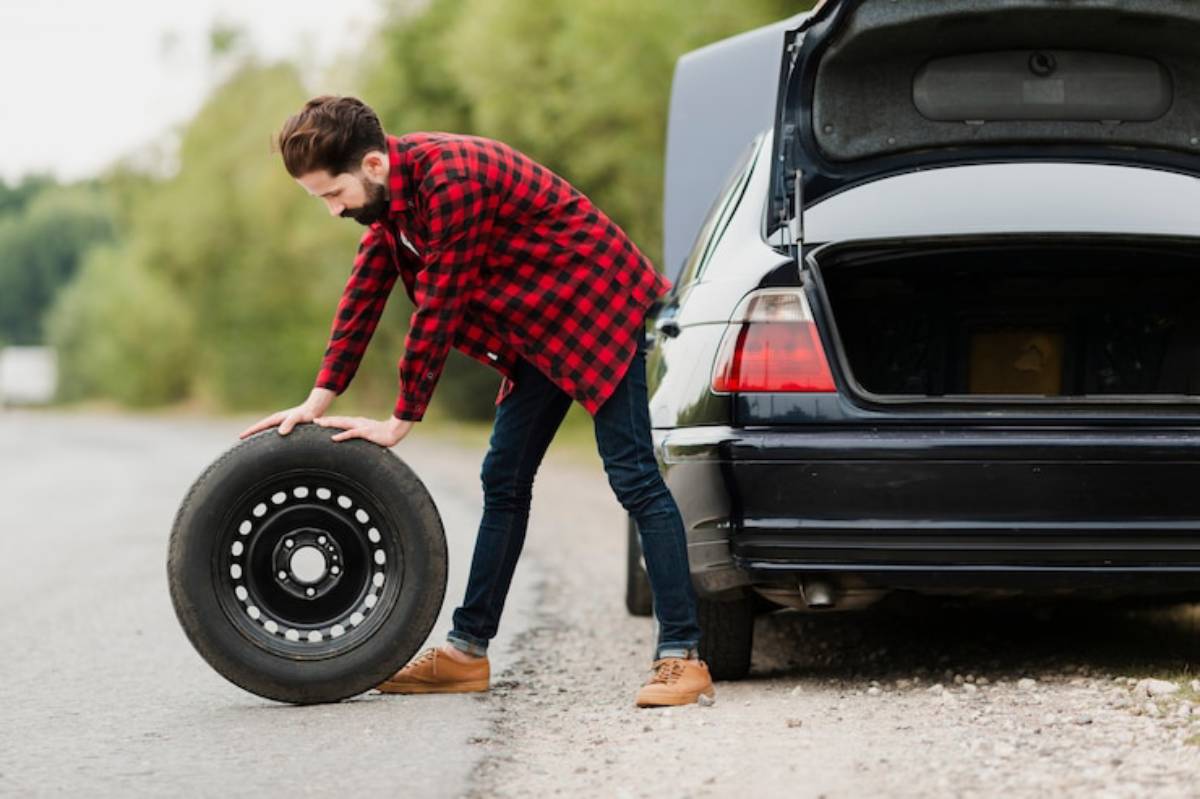
- Full-size spare tyre and jack
- Tyre repair kit and air compressor
- Fluids top-up (oil, coolant, brake fluid)
- Basic tool roll (pliers, spanner set, screwdrivers)
- Jump leads or a power bank jumper
Keep weight balanced—distribute gear evenly to avoid stress on the suspension or tyres.
8. Camp Comfort Extras
Though not strictly essential, a few well-chosen extras can make life on the trail far more enjoyable.
Popular extras for beginners
- Folding camp chairs and a table
- Lightweight awning or tarp for shade/rain
- Trail shower or wash bag
- Quick-dry towel and hygiene wipes
- Bug spray and sun protection
Start simple and scale up as you understand your preferences and destinations better.
Avoiding Common Beginner Mistakes
Every overlander has made a mistake or two. Here are a few to watch out for:
- Overpacking: Start light. You’ll quickly learn what you truly need.
- Relying on phone signal: Always have offline backups.
- Ignoring weight distribution: Poor balance can damage suspension or make handling unsafe.
- Neglecting vehicle checks: A loose bolt or cracked hose could strand you miles from help.
Think of your setup as evolving. Each trip teaches you something new about comfort, durability, or what you can do without.
Conclusion: Start Small, Think Big
Overlanding is more than a checklist—it’s a mindset of preparedness, curiosity, and self-reliance. You don’t need a £50,000 rig or military-grade equipment to start. You just need a reliable vehicle, core gear, and a thirst for exploration.
Build your kit gradually. Borrow what you can, buy quality where it counts, and always prioritise safety and sustainability. With each trip, you’ll fine-tune your preferences, routes, and setup.
So, pack your map, prep your rig, and head off on your first adventure. The world beyond the tarmac is waiting—and now you’re ready to meet it.
